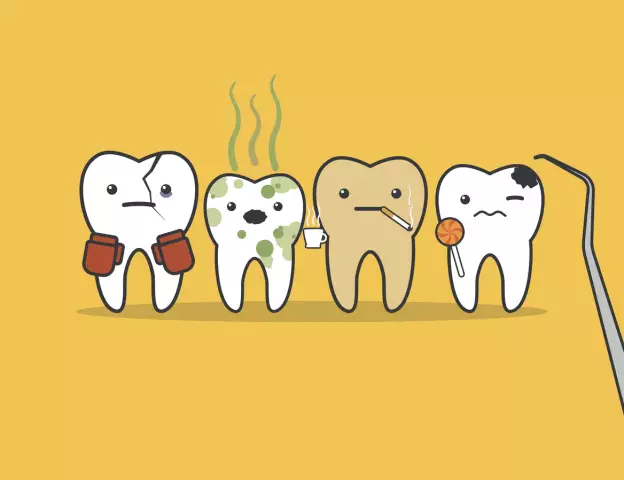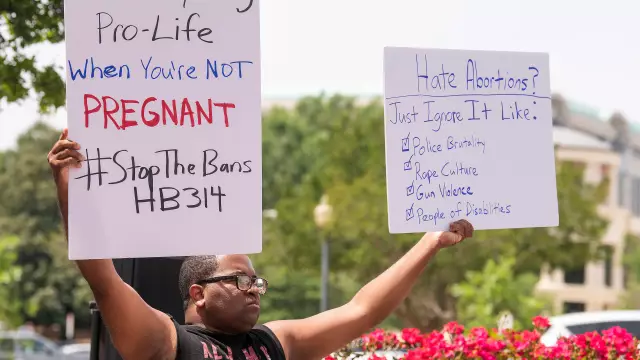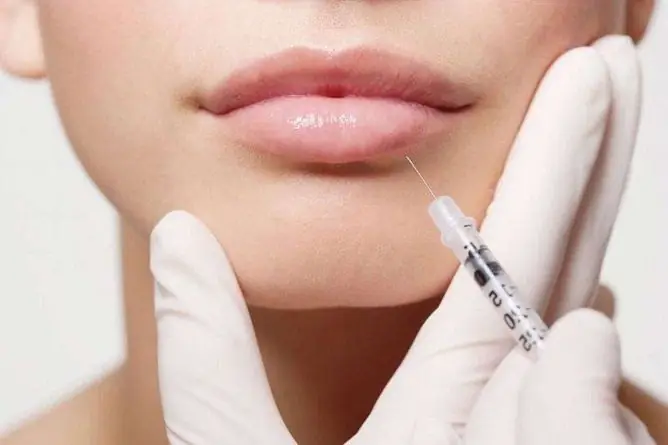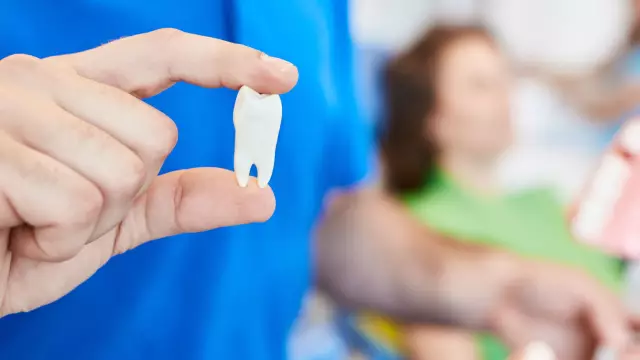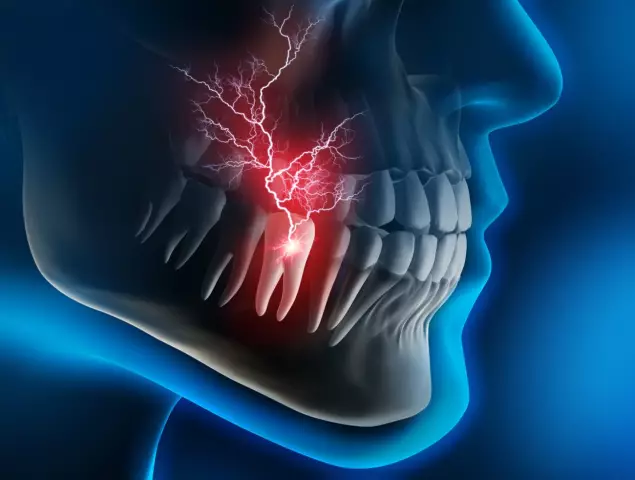- Author Rachel Wainwright [email protected].
- Public 2023-12-15 07:39.
- Last modified 2025-11-02 20:14.
How long does a tooth hurt after filling

During its many years of practice, dentistry has made a colossal technical breakthrough, however, there are a lot of cases when a tooth hurts after filling. The causes of discomfort can be objective and subjective.
Unfortunately, toothache is a concern for almost everyone. This is due to a violation of the outer shell of the crown. Tooth enamel is the hardest tissue in the human body, but constant mechanical stress and exposure to organic acids in the oral cavity lead to its destruction. The process of destruction of the protective shell occurs gradually, so it is very important to contact the dentist for help in time. Often such a visit is justified by endless, annoying pain. The likelihood of a tooth hurting after filling depends on the degree of neglect of the disease, the level of qualifications of the doctor, and compliance with sanitary standards.
Tooth hurts after filling
Untimely treatment of enamel defects ends with an inflammatory process, which leads to such diseases of the tooth in terms of neglect as caries, pulpitis, periodontitis and granuloma. Regardless of the degree of damage, the treatment of each of them is always a small operation, since it involves mechanical intervention in the cavity of the crown to remove damaged tissues, process and fill. The treatment carried out does not always guarantee the absence of pain after it. The degree of anxiety depends on how much the tooth hurts after filling and the nature of the manifestation of pain.
If a tooth disturbs for several hours after treatment or shows sensitivity when mechanically pressed for several days, this may be subjective and be caused by the individual sensitivity of the person. Taking anti-inflammatory drugs will relieve residual inflammation.
Aching sensations may occur several days after treatment. If the pain syndrome intensifies, it is necessary to consult a doctor who, using an X-ray image, will determine the cause of the pain and, most likely, will fix his mistakes in work.
Why does a tooth hurt after filling caries and pulpitis:
- The technology of installing the seal has been violated. Insufficient or excessive drying of the cavity during the application of filling material leads to irritation of the nerve endings and causes pain. The resulting voids, formed by the loose fit of the filling to the walls of the crown, contribute to the free penetration of microbes into the cavity of the tooth and lead to its secondary inflammation;
- Caries has not been completely removed. In case of severe tooth decay, in addition to the removal of dead tissue, anti-inflammatory treatment of the cavity with the application of a temporary filling is often required. An inexperienced or overly confident doctor may ignore this procedure. In this case, a toothache after visiting a dentist can be very strong, since in a tightly closed space the inflammatory process develops more intensively than in an open space. Re-inflammation of an already cleansed cavity with caries can lead to pulpitis;
- Allergy. Individual intolerance to the components of the filling material can cause internal inflammation and pain. This does not happen often, but in this case, it is possible to determine the reason why the tooth hurts after filling, only by excluding all other options;
- The doctor's recommendations have not been followed. To save yourself from the question of how much a tooth hurts after filling, you must strictly follow the advice of your doctor. Complete hardening of the filling material occurs within two hours. Eating food, even with gentle mechanical stress, or drinks leads to a change in the acidity of saliva, which can disrupt the structure of the seal and its tightness.
If a tooth hurts after filling for a long time, you cannot self-medicate in the form of temporary pain relief with analgesics. This can only exacerbate an already difficult situation.
Tooth hurts after root canal filling
Treatment of acute pulpitis always involves the removal of dental nerves. This increases the likelihood that a tooth may hurt after root canal filling, but this pain, caused by trauma to nerve tissue, is natural. To prevent inflammation, the doctor must put the medicine in the cleaned cavity and close it with a temporary filling. If the tooth does not bother the patient for a week, you can safely place a permanent filling. Violation of this norm is often the cause of severe pain and repeated debridement of the tooth cavity.
Filling the canals of the tooth in one step and without X-ray control is unacceptable medical negligence, which can cause suffering for the patient and long-term repeated treatment of the damaged tooth. The use of local anesthesia in the treatment of pulpitis requires a high degree of professionalism from the dentist, since the creation of gentle conditions for the patient can harm him. The fact is that when blocking sensitivity in a damaged tooth, the doctor, while cleaning the canals, can overdo it and violate the root walls, thereby provoking periodontitis.
After filling the canals, the tooth hurts if it contains remnants of nerve tissue and the smallest villi or fragments. The inflammatory process, as a rule, is always accompanied by a sharp increase in temperature, which indicates purulent processes inside the cavity.
If the filling material leaves the root of the tooth, the soft tissues of its periodontium are damaged. This can cause an inflammatory process in the gums, which will be accompanied by severe pain.

X-ray control of canal filling is a prerequisite for guaranteeing the quality of the dentist's work and the patient's health.
The gum hurts after filling the tooth
If the gum hurts after filling the tooth, this can be caused by purulent pulpitis or periodontitis, which provoked inflammation of the periosteum - flux. Severe pain is accompanied by gradual swelling of the jaw in the area of the inflammation focus and fever. To prevent damage to neighboring tissues and complications, it is necessary to urgently seek help from a surgeon. Making an incision in the abscess, disinfecting the affected area and installing a drain to drain the pus will stop the disease. It is very dangerous to hope for the effectiveness of conservative methods of treatment, the accumulation of pus can lead to blood poisoning.
The reason that the gum hurts after filling the tooth can also be the manipulations of the doctor, which disturbed her during the treatment. But this pain goes away quickly.
Found a mistake in the text? Select it and press Ctrl + Enter.

